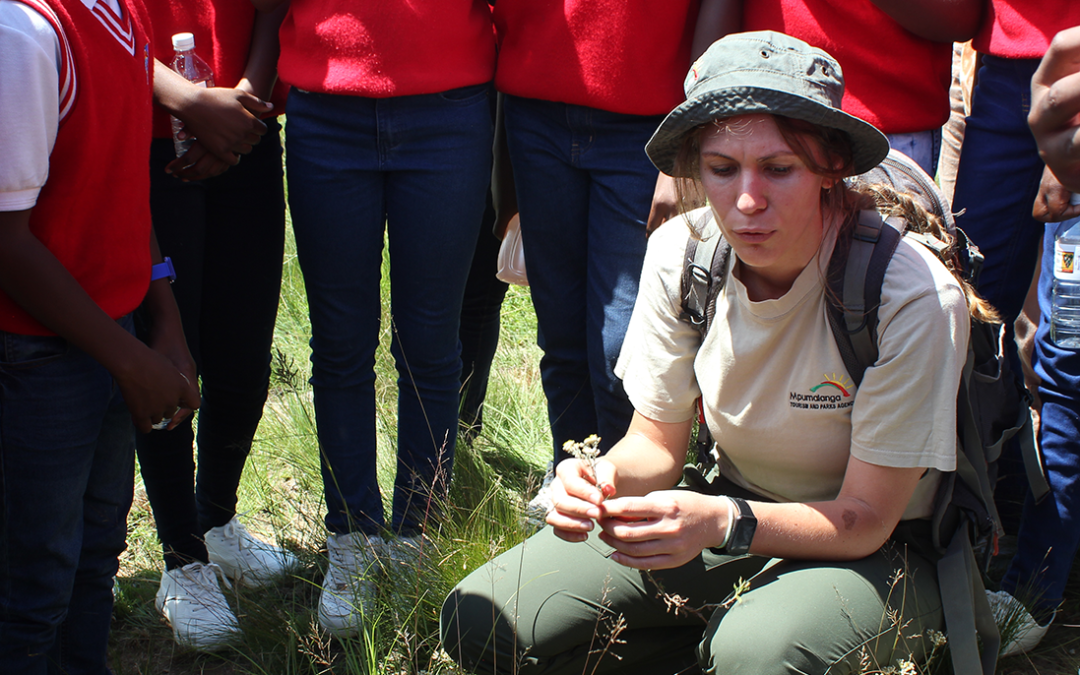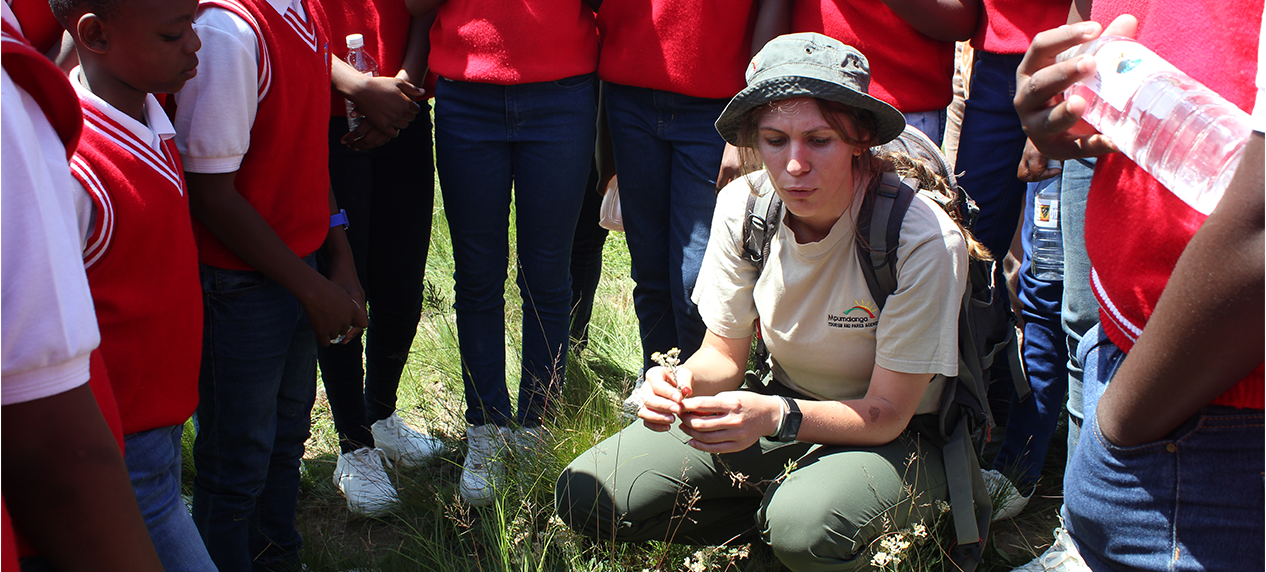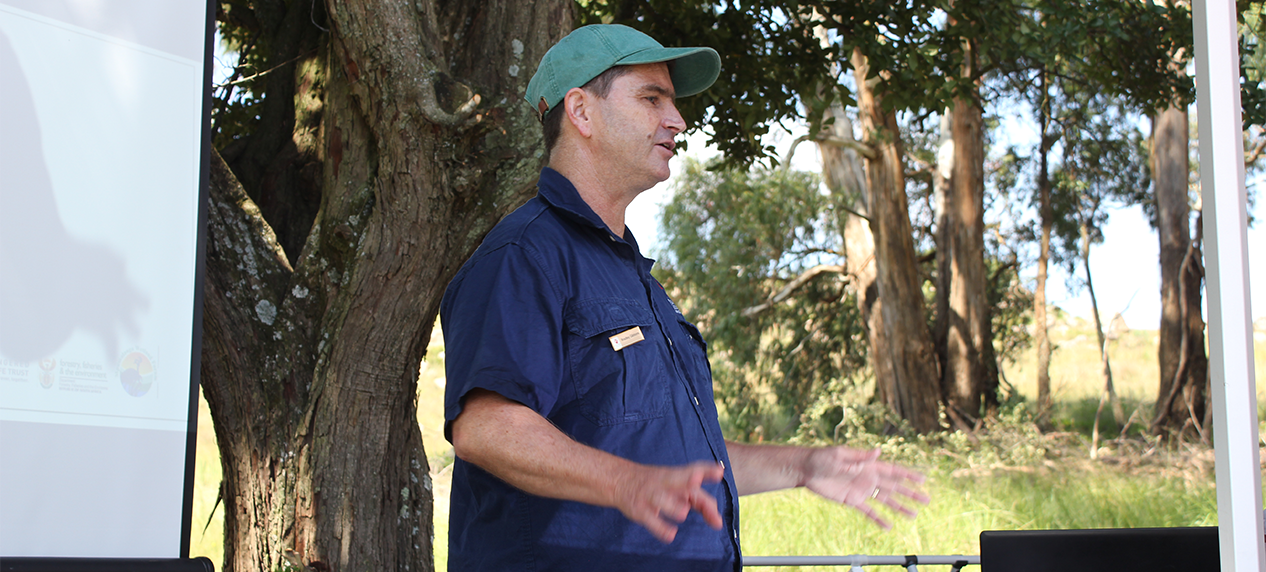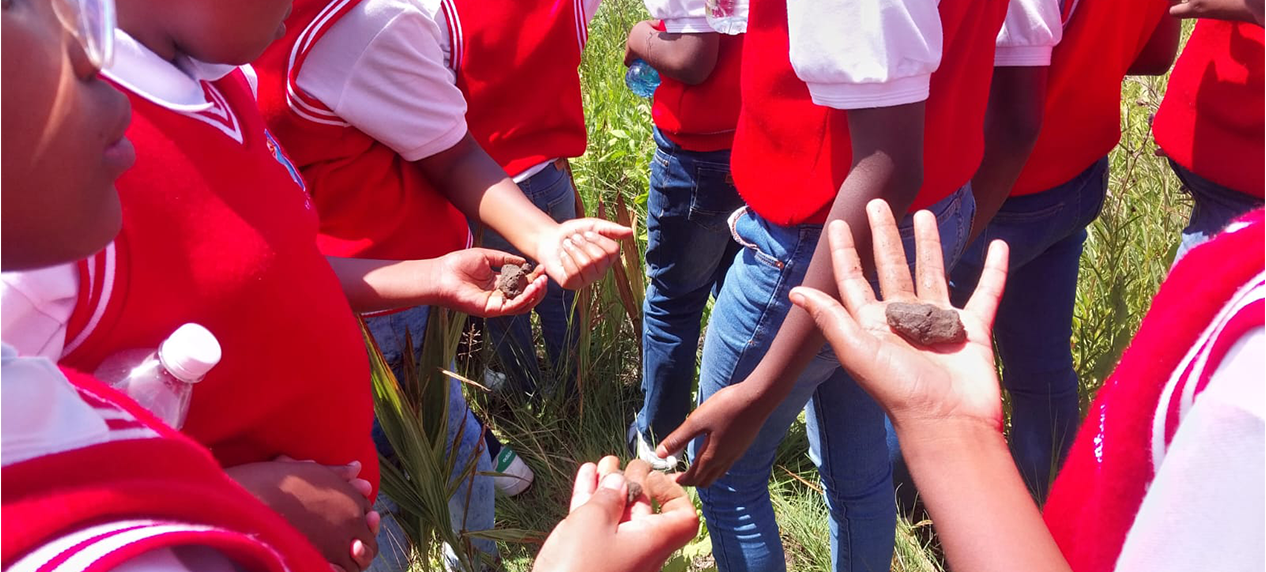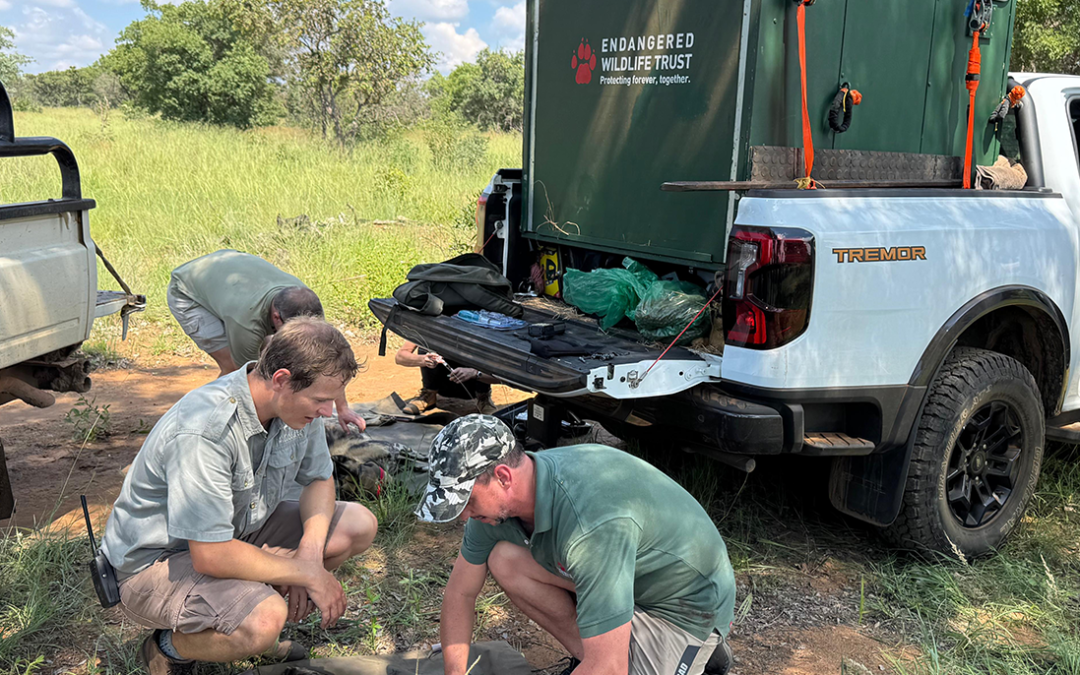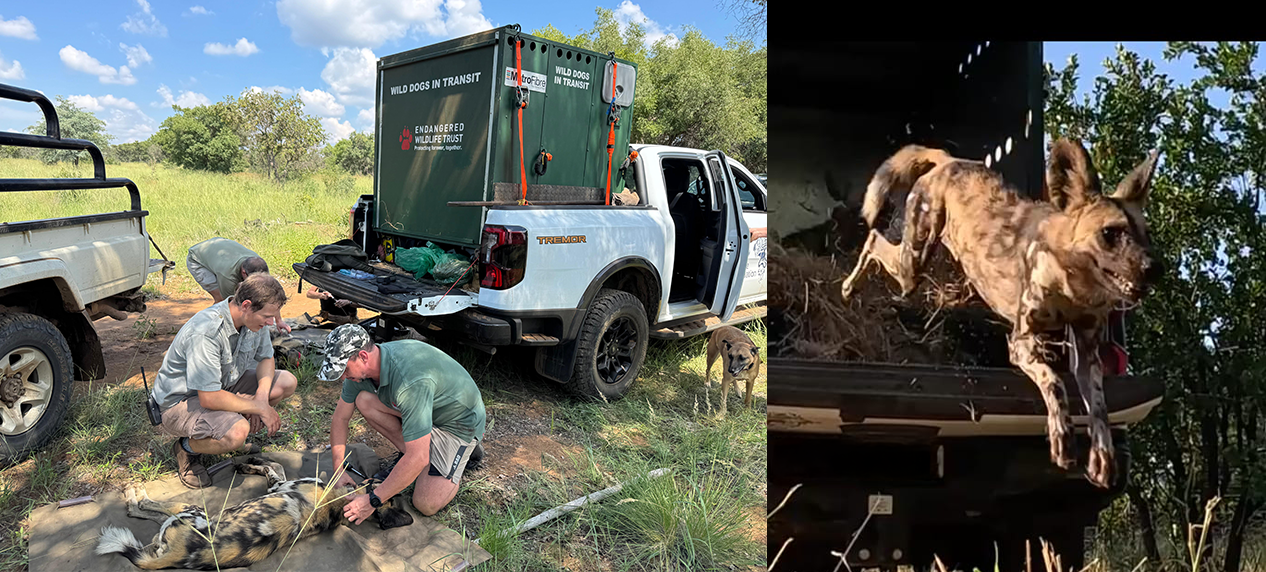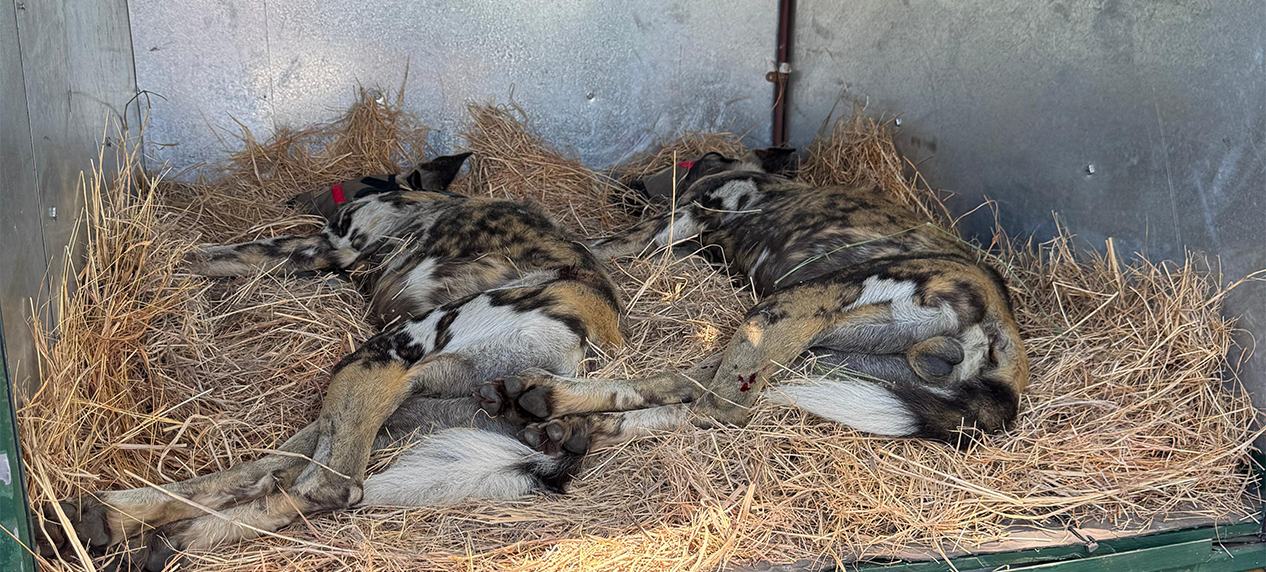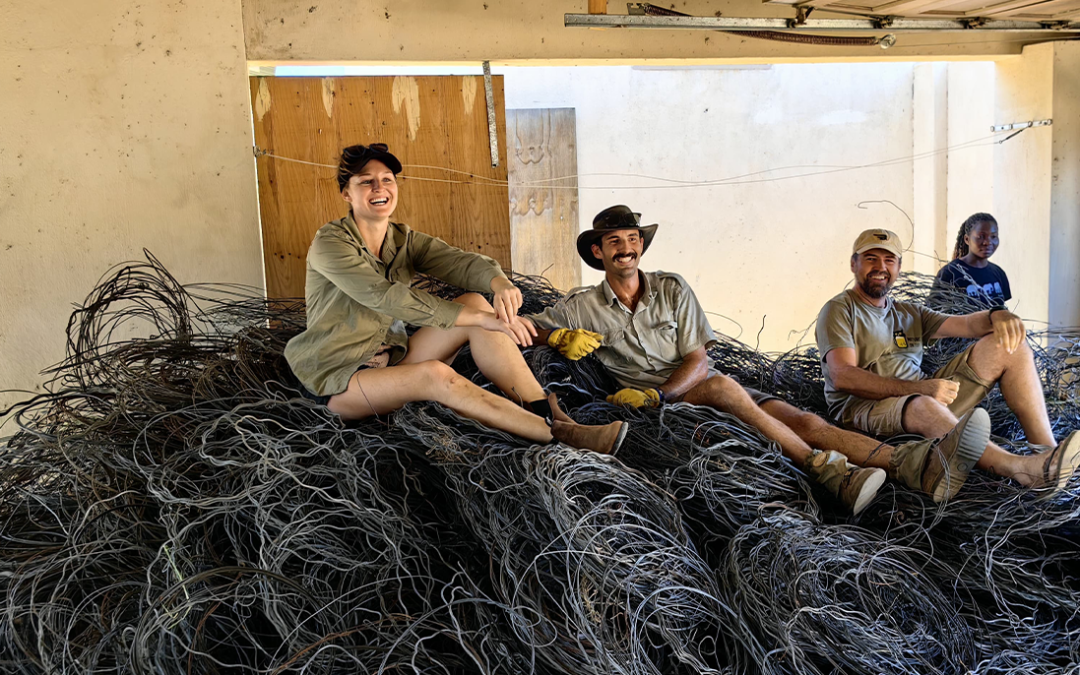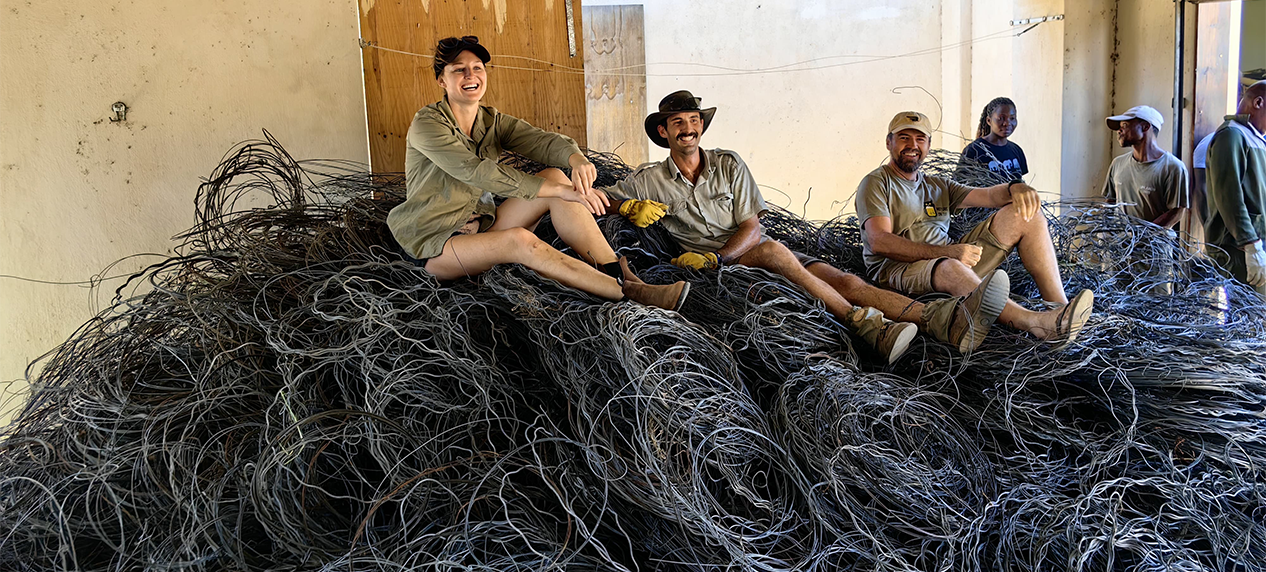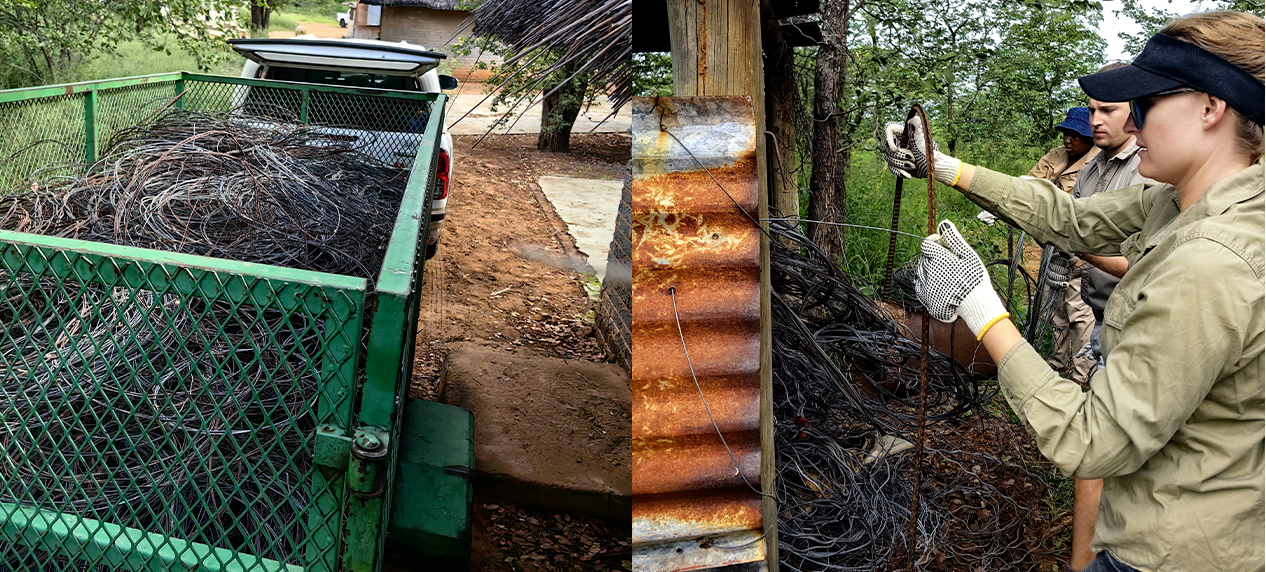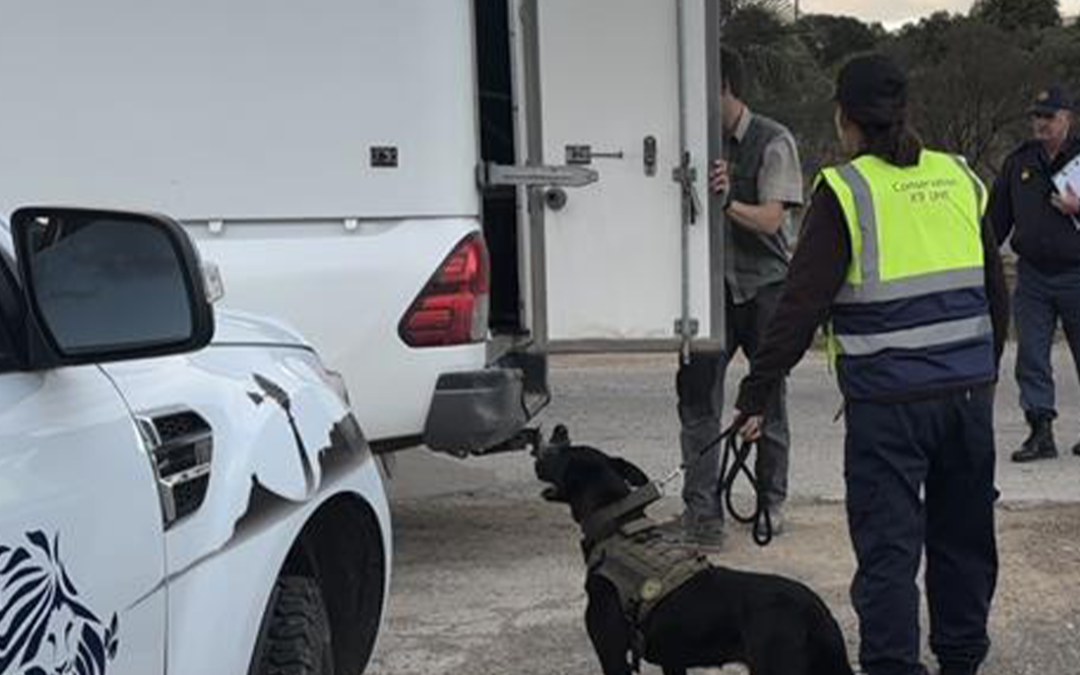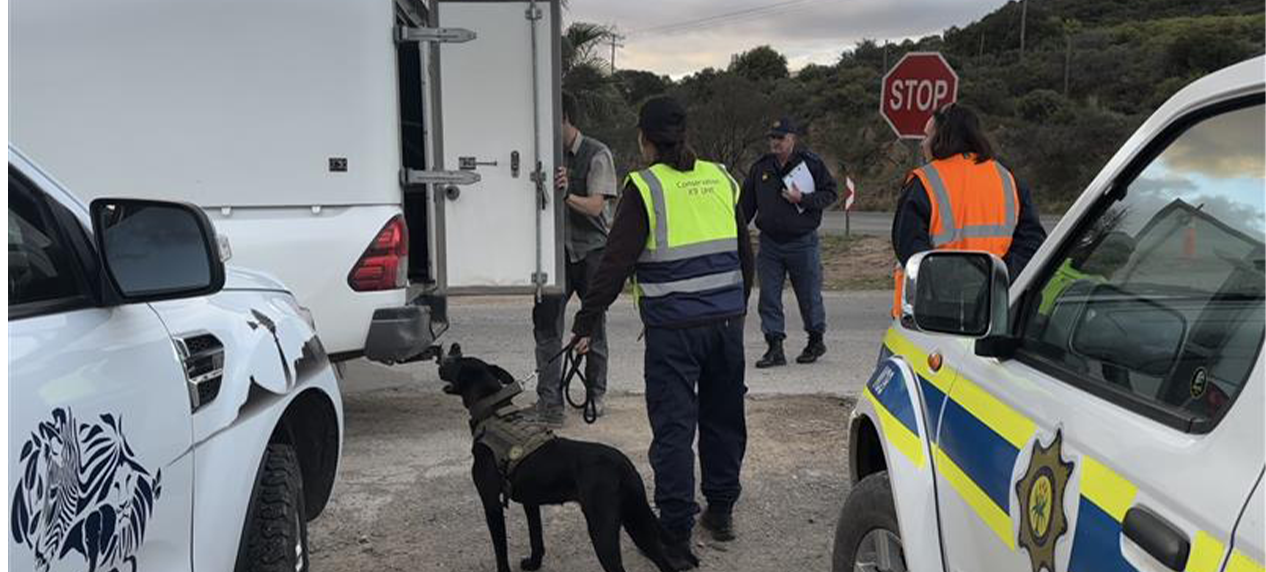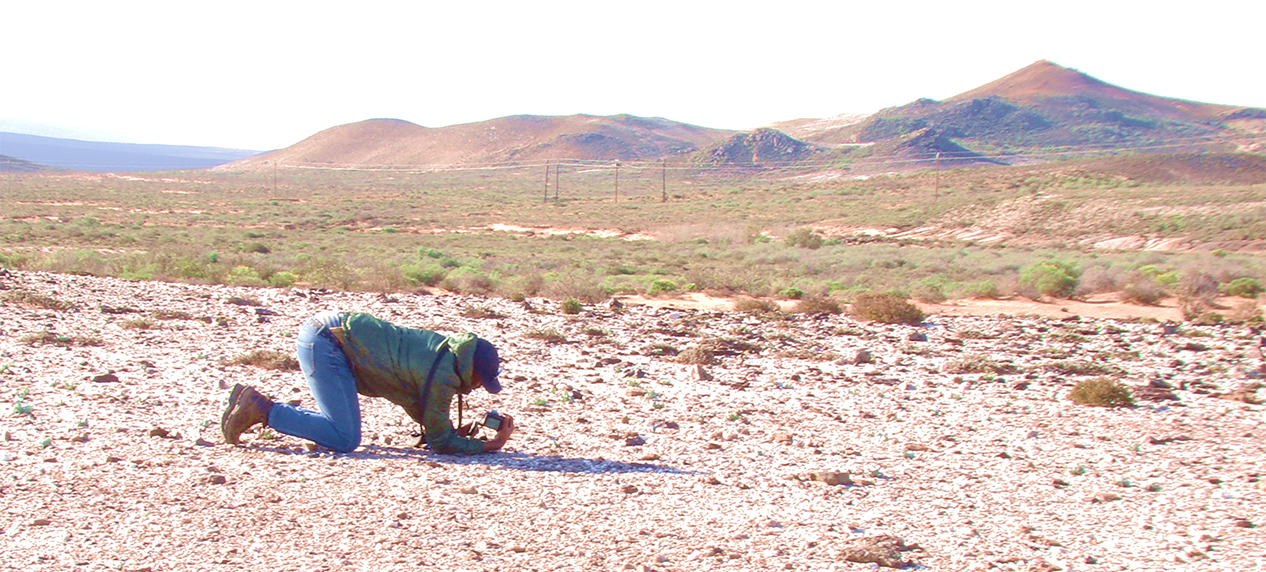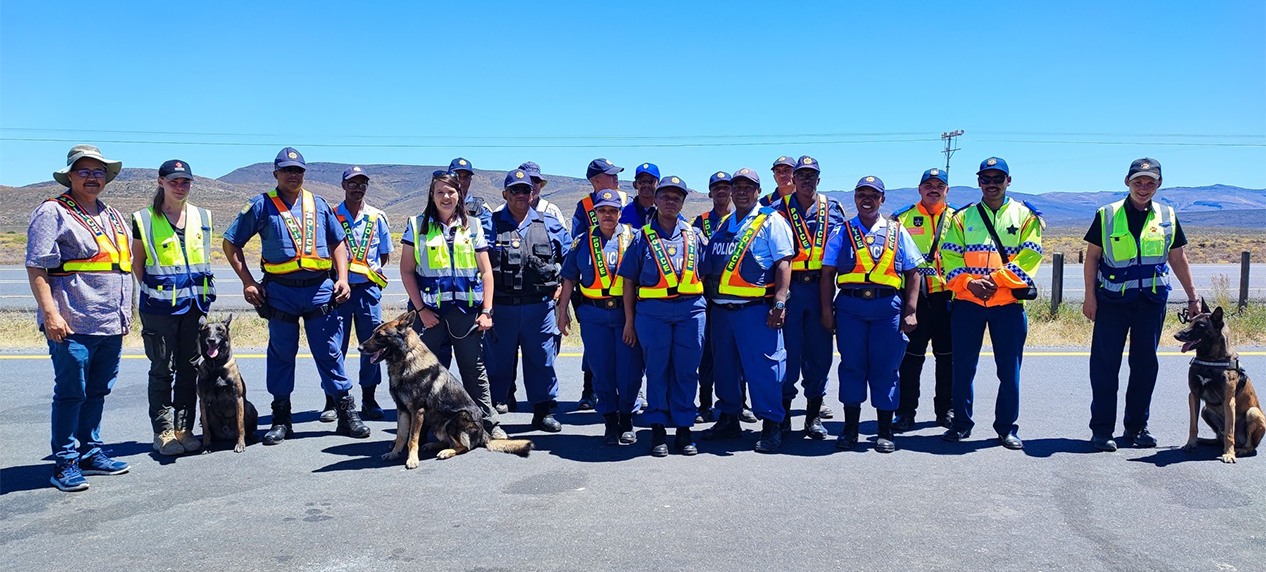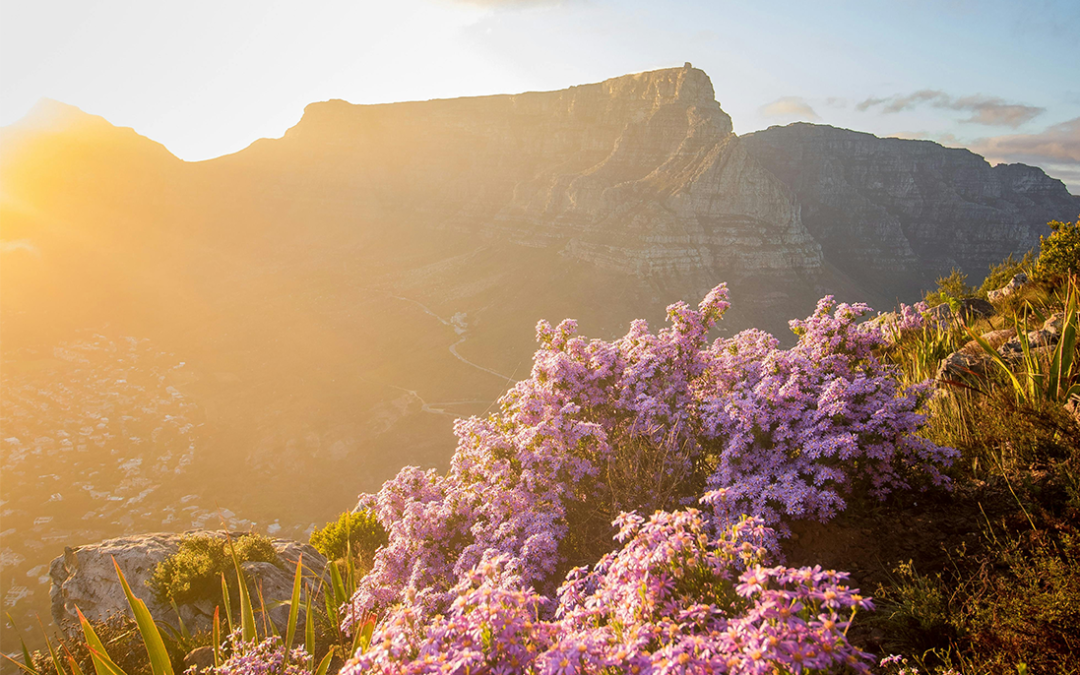
Biodiversity and Business Action Plan
A South African business perspective – The EWT’s Biodiversity and Business Action Plan
By Catherine Kühn – Biodiversity Disclosure Project Manager, Endangered wildlife trust
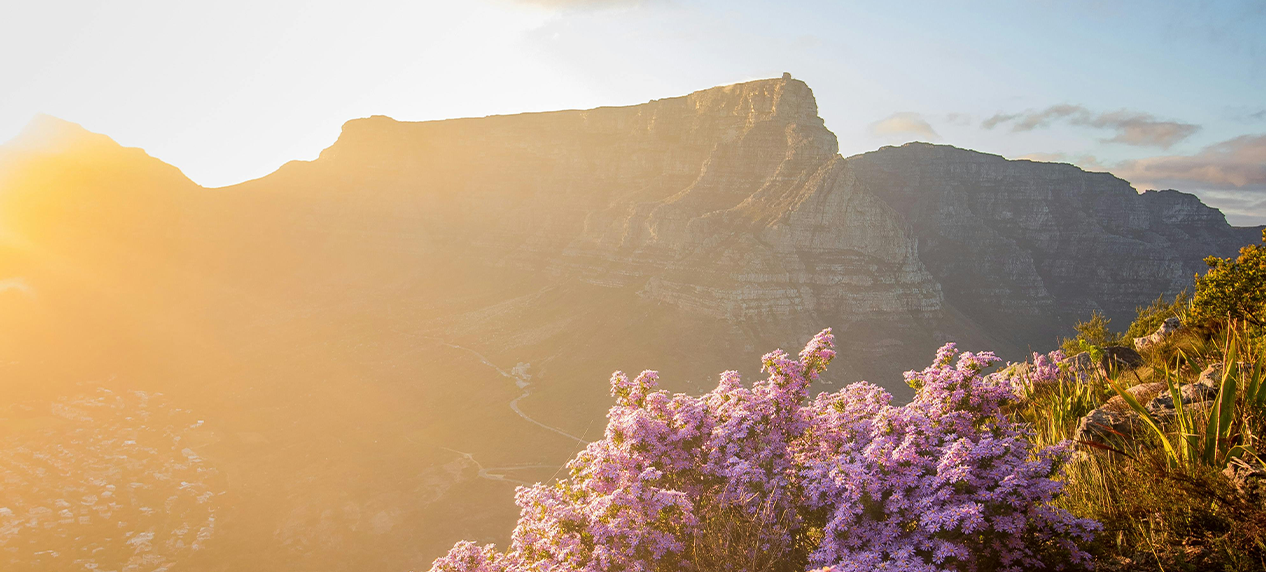
The Biodiversity and Business Action Plan (BBAP) is a cross-sectoral 65-page document which culminates the 2 years of work with Business for Nature.
It is a guidance tool and a feedback resource for South African businesses which captures insights directly from companies to reflect their progress in biodiversity mainstreaming while also supporting them on their journey.
The BBAP offers sector mapping, a roadmap for biodiversity mainstreaming, and key indicators for integrating Target 15 into business practices.
Biodiversity loss is no longer a separate or secondary issue to climate change. It’s a very real and prevalent environmental concern and a business reality. The biodiversity crisis is an urgent and interconnected issue that threatens the stability of natural systems. It is waking up economies, industries, and businesses. As planetary boundaries continue to be pushed beyond safe limits, the consequences are becoming increasingly harder to reverse. If we don’t act collectively and decisively now, we risk tipping the scales beyond recovery.
As the world moves towards sustainability, South African companies are beginning to recognise that integrating biodiversity into decision-making is not just about compliance – it’s about long-term resilience. Many businesses are already on this journey with some making steady progress; a few are emerging as leaders, while others demonstrate interest but remain uncertain about where to begin. And then there are those yet to wake up to this urgency. But the message is clear: biodiversity action is not optional—it’s a business imperative.
Our Business Advisory Group (BAG) engagements confirm that businesses need support in biodiversity integration. The Biodiversity and Business Action Plan (BBAP), developed by the EWT’s Biodiversity and Business Unit (BBU), serves as a guidance tool and feedback resource, capturing insights directly from companies to reflect their progress and support their journey.
Key findings
There is strong business awareness of biodiversity’s importance—77% of our Business Advisory Group participants see it as extremely important to South Africa’s economy while 100% of respondents acknowledge biodiversity loss as a risk to their company, highlighting the urgent need for action.
While most companies recognise biodiversity’s importance, 64% are still in the early stages of the journey towards biodiversity action.
The top three focus areas of companies’ biodiversity efforts are 1. biodiversity initiatives at local sites, 2. employee capacity building and training around biodiversity and 3. meeting biodiversity compliance and reporting obligations.
Companies are familiar with, amongst others, the International Financial Reporting Standards (IFRS), the King IV report for Corporate Governance in South Africa and the JSE Sustainability
Disclosure Guidance, yet most lack a formal biodiversity strategy. A total of 60% said they did not have dedicated budgets for biodiversity, highlighting a gap between awareness and action.
Many companies rely on biodiversity consultants for environmental work, while some have in-house sustainability teams. A total of 85% of respondents said their company needs additional biodiversity training and capacity-building.
Discussions from the four BAG workshops in 2024 provided valuable insights into how businesses viewed their role in supporting biodiversity targets. The dominant Global Biodiversity Framework (GBF) themes that emerged were ‘Implementation and Mainstreaming’, followed by ‘Reducing Threats’ and ‘Sustainable Use and Benefit Sharing’.
Notably, there is strong alignment with Target 15 (Business) and Target 19 (Finance), with recognition of Target 19 increasing significantly throughout the BAG process. This shift highlights the growing awareness of the need for financial mechanisms to support biodiversity integration, including investment in nature-positive solutions.
What does this mean?
Businesses recognise biodiversity’s importance and risks, yet most are still in early integration stages. Awareness is high, but action, reporting, and investment remain limited. There is a need to embed biodiversity into corporate decision-making, rather than viewing it as an additional expense and burden. With all the respondents recognising biodiversity loss as a risk means there is urgency to develop structured biodiversity strategies. Yet, with most companies still relying on consultants and lacking dedicated budgets for biodiversity, this remains a challenge.
The reliance on compliance-driven actions rather than proactive biodiversity decisiveness suggests that many businesses are reactive rather than strategic. The high demand for capacity-building (85%) further re-inforces that businesses need more guidance to navigate this. Without adequate skills, knowledge, and funding structures, biodiversity commitments risk remaining future aspirations.
The results also indicate a need for business-government cohesion, clearer policy direction, stronger incentives, and greater regulatory support to ensure businesses can effectively align with national biodiversity commitments.
The road ahead
While the BBAP is a milestone, real change will come from businesses taking ownership of their biodiversity strategies. Businesses must strengthen biodiversity knowledge and skills, supported by standardised reporting frameworks to meaningfully track progress. There is also a need for collaboration across sectors – including government and NGOs. Additionally, financial incentives and policy support are needed to encourage and incentivise biodiversity-positive practices.
From referring to the many frameworks and tools that exist to “framework chaos”, our BAG members have been pivotal in providing honest, constructive and catalytic feedback when it comes to their specific needs, challenges and vision for their business and for their sector.
Companies require clear roadmaps, sector-specific strategies, and the right tools to integrate biodiversity into operations. However, the lack of dedicated biodiversity roles, capacity and budgets indicates the urgency to make a stronger business case—one that highlights both the risks of inaction and the opportunities of nature-positive practices.
This process has also proven that businesses have a voice in shaping government policy, contributing to the National Biodiversity Strategic Action Plan (NBSAP) and ensuring corporate commitments are reflected in national targets. This work is a call to action for businesses to take the lead—not just as participants but as pioneers of innovation and sustainability. The journey is challenging, but the opportunity to leave a legacy for generations to come makes it one worth taking.
